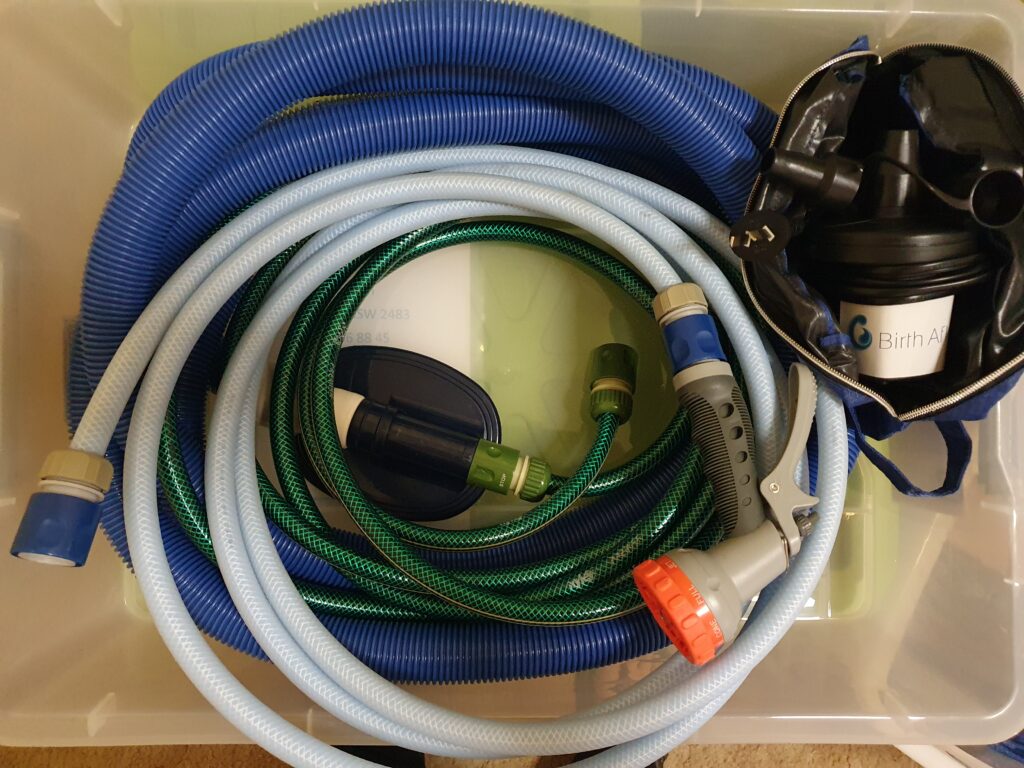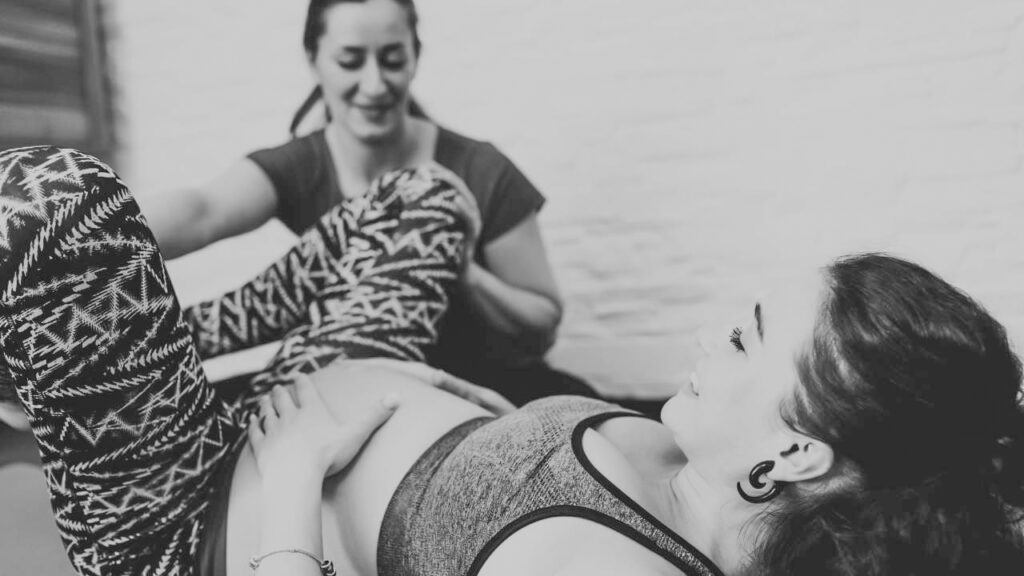- Ships worldwide
- +61 (0)429 668 845
- [email protected]
The history of childbirth in water
It may seem like birth pools and water birth are a new trend – but in fact, we can find evidence of water birth (also known as hydro birthing) in cultures across the world over the course of human history.

There is no one known source of water birth, and it is most likely that it came about naturally in various cultures based on traditions and beliefs.
Although water birth nowadays usually happens in more “modern” ways – in bathtubs, in birth pools, in birth centres, or in hospitals – it is powerful to make the links to age-old cultural practices and interesting to see how water birth has evolved over the last 2 centuries. Water birth has always supported natural childbirth.
Ancient history of water birth
While the concept of water birth is quite new in most Western countries, there are mentions of water birth in the records and legends of many other cultures. For example, there are legends of Egyptian pharaohs being born in water and of South Pacific Islanders giving birth in shallow sea water. There are similar stories arising from Crete, the Hawaiian islands, and even some islands in Japan. Considering how much of the Earth is water – and how supportive water can be during labour and birth – it is no surprise that people all over the world have been turning to it for thousands of years!
Some cultures continue traditions of giving birth in natural bodies of water. For instance, in Guyana (a country in South America), many women still go to a special place at their local river to give birth.
Modern history of water birth
It’s not until 1803 that there is an official record of water birth in the West. This record describes how in a village in French, a woman who had been labouring for 48 hours is helped into a warm bath: she experiences pain relief and her labour progresses well.
However, this one record did not lead to increased understanding or interest in water birth. It was only in the 1960s and 1970s that water birth began to become more of a focus in the West.
In the 1960s, scientists in the Soviet Union (now Russia) began to study the benefits and safety of water birth. Then in the 1970s, doctors in both the Soviet Union and France began implementing warm water as a pain relief measure, which often included having the woman labour and/or birth in water. A real turning point in the acceptability and understanding of water came when the well-respected French obstetrician Michel Odent installed a pool at the hospital to support birthing women. He was then able to publish and share widely on the benefits of water during labour and birth.
Water birth began to spread throughout Western countries, with women often improvising with bathtubs at home.
Water birth nowadays
Currently in the West, it’s safe to say that water birth is slowly becoming a more mainstream option, especially for women seeking a natural childbirth experience. Many hospitals and birth centres have water birth facilities, and there are a variety of inflatable and other types of birth pools available for sale and hire.
There is also more evidence on the benefits and safety of water birth, in particular how water birth can contribute to natural childbirth.
Water is the source of life on Earth. How beautiful to connect with water and humankind’s vital relationship with water across history when bringing life into the world!
Further reading:
https://www.pregnancy.com.au/the-history-of-waterbirthhttps://www.pregnancy.com.au/the-history-of-waterbirth
Curious about the benefits of water birth? Check out this article.
OUR PRODUCTS ON SALE
-
Sale!
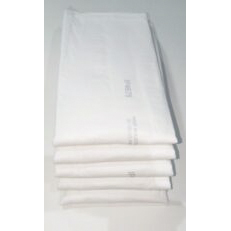
Bed Protection Pads 5 Pack
$15.00 – $30.00Price range: $15.00 through $30.00 Inclusive of 10% GST Select options This product has multiple variants. The options may be chosen on the product page -
Sale!
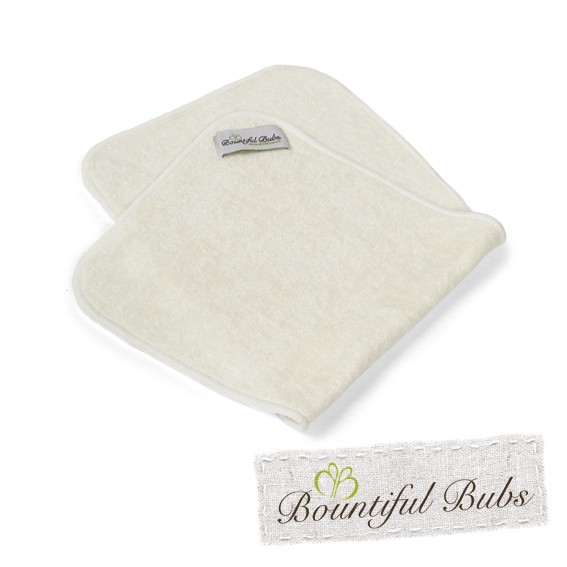
Burp Cloth – Organic Bamboo – Bountiful Bubs
$35.00Original price was: $35.00.$28.00Current price is: $28.00. Inclusive of 10% GST Add to cart -
Sale!
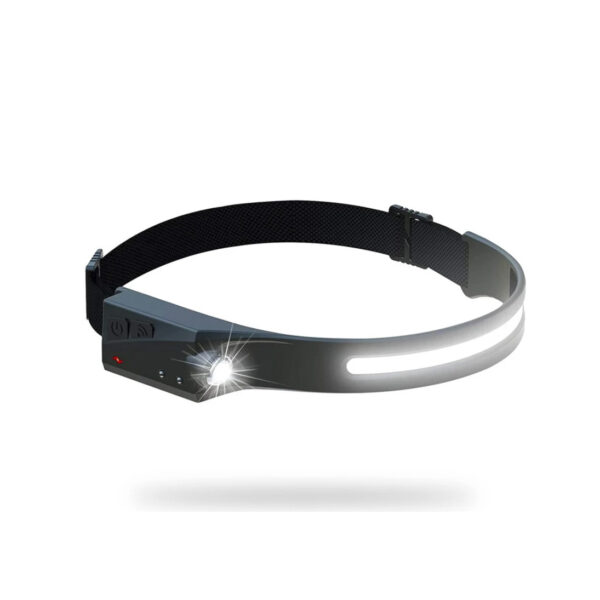
LED Headlamp – GoBeam 230
$60.00Original price was: $60.00.$50.00Current price is: $50.00. Inclusive of 10% GST Add to cart -
Sale!
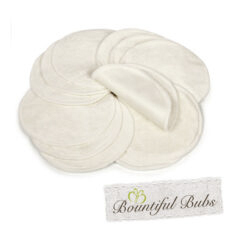
Reusable Breast Pads, Organic Bamboo – Waterproof
$38.00Original price was: $38.00.$30.00Current price is: $30.00. Inclusive of 10% GST Add to cart

